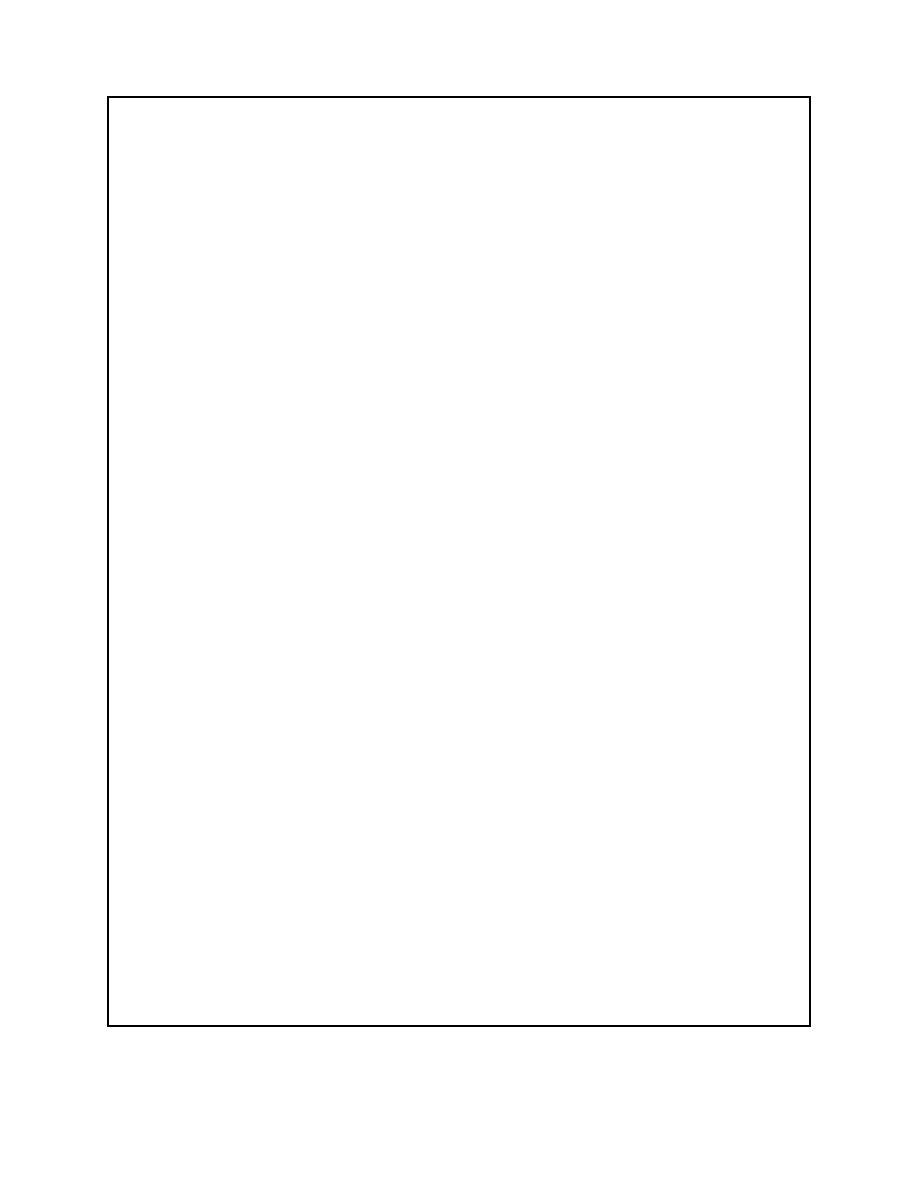 |
||
|
|
||
|
Page Title:
Example 12: Estimating a Body Burden in Winter Flounder |
||
| |||||||||||||||
|
|
 Example 12: Estimating a Body Burden in Winter Flounder
The dredged material management area and its area of influence (defined previously as the area within one
tidal excursion of the site) is approximately equal to one-half the summer foraging area of the winter
flounder, based on observations made by the state's Department of Marine Resources. This species is a
selected receptor, based on its commercial importance.
The proposed site is within the State Statistical Fishery Area 4, and is 2 percent of that area.
concentration in the sediments from the proposed dredging project area is
1ug total PCB /g sediment.
reference site is 0.10 ug total PCB/g. The assessment assumes that this is the exposure point
concentration for winter flounder when foraging away from the site and its area of influence.
The average fraction lipid of a flounder is 0.1, based on hypothetical data provided by a fisheries agency.
Therefore, the average sediment exposure concentration of total PCB, Cs, at the disposal site is:
Cs = (1 H 0.5) + (0.1 H 0.5) = 0.55 ug total PCB/g sediment
The State has also supplied data indicating that the fraction organic carbon in sediments in the area is 0.05
(5 percent).
A locally calculated BSAF is 3, based on EPA studies of PCB in flounder and sediment in this bay. The
projected body burden (weight wet), Ca, to a flounder exposed to this total PCB concentration in
sediments of 5 percent organic carbon is:
= (0.55/Foc) H BSAF H (Fl)
Ca
= (0.55/.05) H 3 H 0.1
= 3.3 ug total PCB/g wet weight flounder tissue
This body burden value can be used in both human health and ecological risk assessments.
This example could have used a different species such as lobster. In that case, the general method would
remain the same, but parameters such as foraging area, bioaccumulation factor, and fraction lipid would
differ. Also, the example is relatively simple in that it does not address differential uptake and storage of
PCB congeners among tissues. In some instances, it may be important to estimate uptake in organs other
than muscle. For example, lobster hepatopancreas has a different fraction lipid than lobster muscle. In a
human health risk assessment, where some individuals in a population may consume the hepatopancreas,
it becomes important to calculate a separate concentration for that tissue based on its particular lipid
content.
58
Chapter 3 Ecological Exposure Assessment
|
|
Privacy Statement - Press Release - Copyright Information. - Contact Us - Support Integrated Publishing |